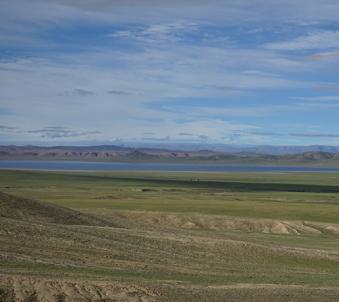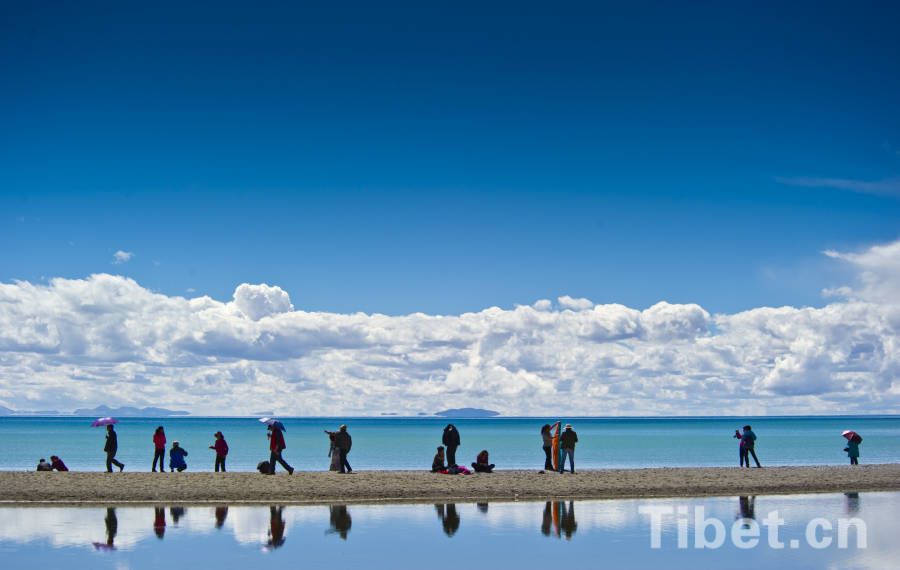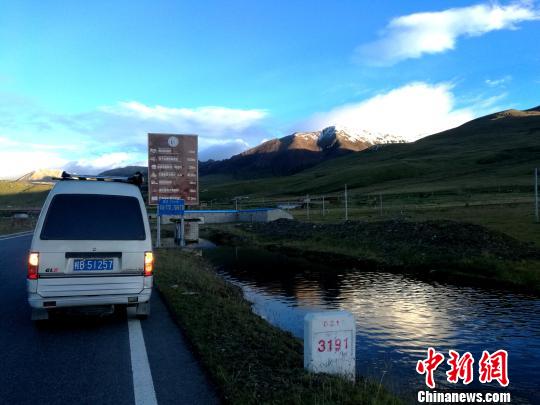Barrier lake in Sichuan begins discharging water
Water began to be discharged on Monday from a lake that had formed behind a landslide on the border of Sichuan province and the Tibet autonomous region.
A man-made floodway was created to channel the water and prevent a secondary disaster if the natural dam were to burst, flood control authorities said.
The discharge reduces risks as the lake's water level continues to rise, said Xu Chong, a researcher at China Earthquake Administration's Institute of Geology. Backed-up water is threatening the upper reaches of the Jinsha River, and poses a potential danger downstream if it were to break out.
Since it formed on Oct 11, the lake has retained about 524 million cubic meters of water. It was created when two landslides-one in Chamdo, Tibet, and the other in Garze Tibetan autonomous prefecture in Sichuan-blocked a section of the Jinsha River.
Water levels had returned to normal on Oct 14 with no injuries reported. But the second landslide blocked the river again on Nov 3.
Water entered the 220-meter-long floodway at 4 am on Monday and began flowing downstream. It could be observed in the lower reaches about seven hours later, according to the Ministry of Emergency Management.
The upper and lower reaches of the Jinsha River had not seen any dramatic change in water level as of 3 pm, according to the Changjiang Water Resources Commission.
China's flood control authorities alerted areas along the river, including Tibet and the provinces of Sichuan and Yunnan, about potential risks and asked local authorities to ensure public safety and minimize potential damage.
Traffic has been banned in vulnerable areas until the emergency response concludes.
Some 34,200 people were evacuated along the river in Sichuan and Tibet as the lake's water level continued to rise, the ministry said on Sunday.
The barrier lake had inundated a farmhouse and a suspension bridge in Sichuan's Jinsha township, Xinhua News Agency reported on Saturday.
Fifty-two barns, as well as farms and roads, were damaged, while 25 homes, the township government building, a school and a clinic are threatened, the report said.
Xu said the landslide followed long-term geological deterioration.
"Landslides that result in barrier lakes can cause much greater damage than the landslides alone," he said.
The researcher noted that global warming-though some scientists disagree-could lead to more landslides that block rivers in the area, as happened on the Yarlung Zangbo River in Tibet last month.
Your Comment
Name E-mailRelated News
-
-
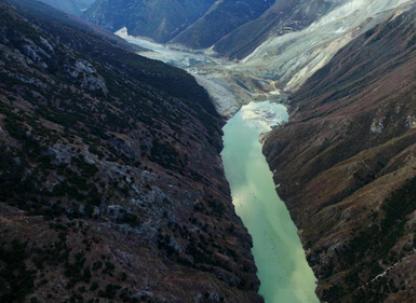
-
Nearly 10,000 in Sichuan evacuated after landslide in Sichuan-Tibet border area
Nearly 10,000 people in southwest China's Sichuan Province have been evacuated after a landslide blocked the Jinsha River and the water level of a barrier lake continued to rise.
-
-
-
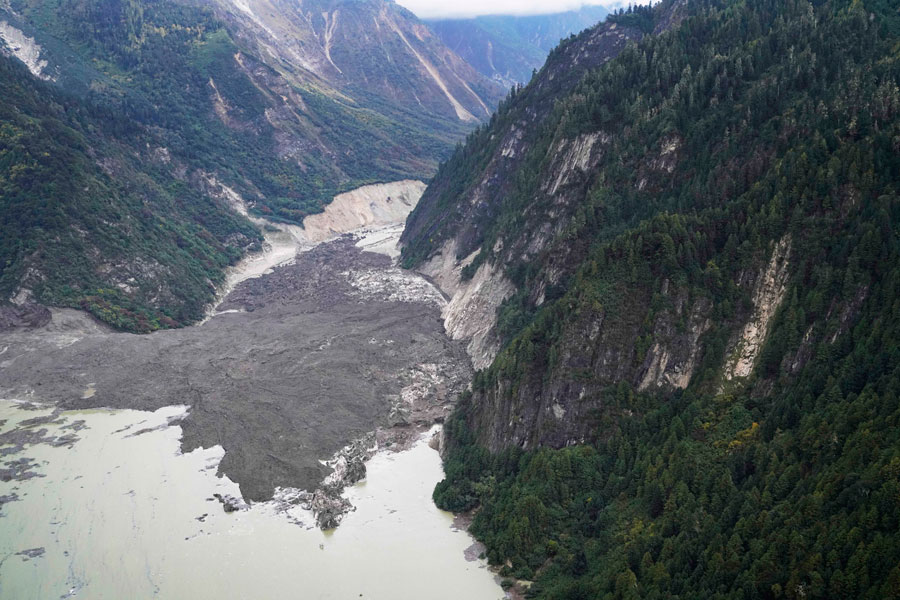
-
Work team dispatched to landslide-hit areas in SW China
A joint work team has been dispatched to the barrier lake area caused by a landslide in southwest China's Tibet Autonomous Region Sunday.
-
-
-
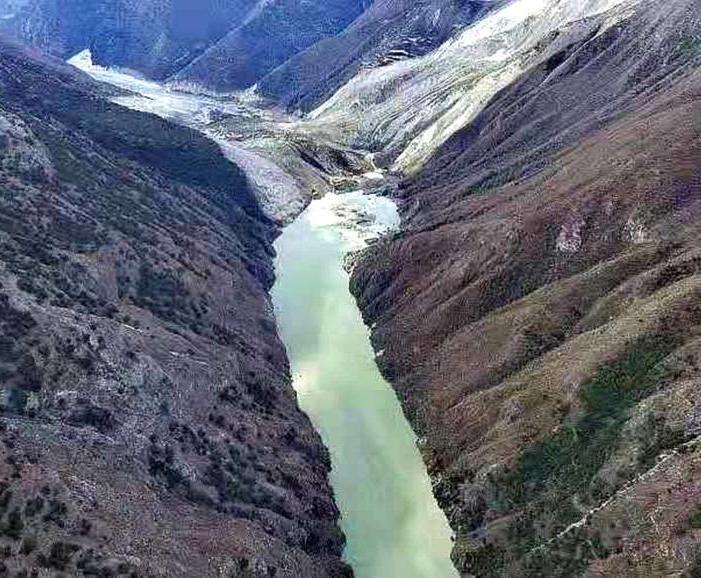
-
Jinsha River blocked again after new landslide in Sichuan-Tibet border area
A barrier lake has formed after another large landslide hit Bolo Township of southwest China's Tibet Autonomous Region on Saturday, local authorities said Sunday.
-
-
-
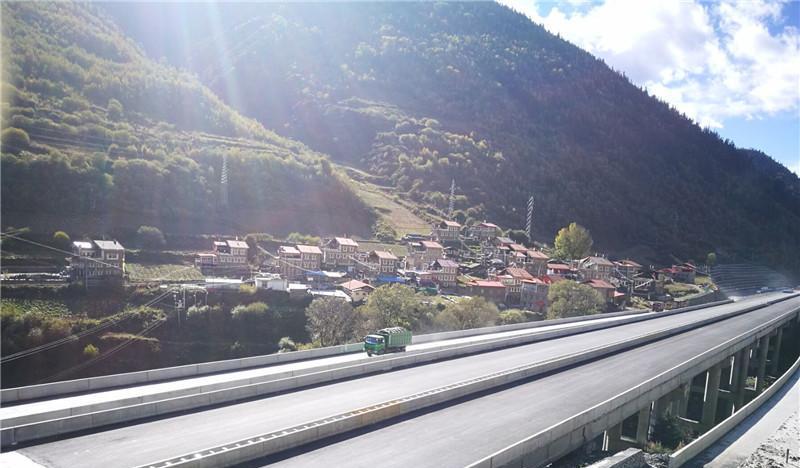
-
"Cloud Expressway" invites you to experience Gyarong Tibetan customs
"When it opens, Chengdu citizens will be able to have lunch in Chengdu at noon and at night, be in Markam for dancing circle dance and experiencing Gyarong Tibetan customs."
-
-
-

-
Sichuan-Tibet Railway climbs to "Roof of the World"
The Sichuan-Tibet Railway climbs from the Sichuan Basin several hundred meters above sea level to the "Roof of the World", at an altitude of more than 4,400 meters.
-



